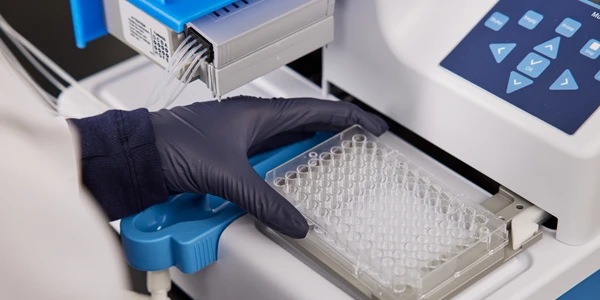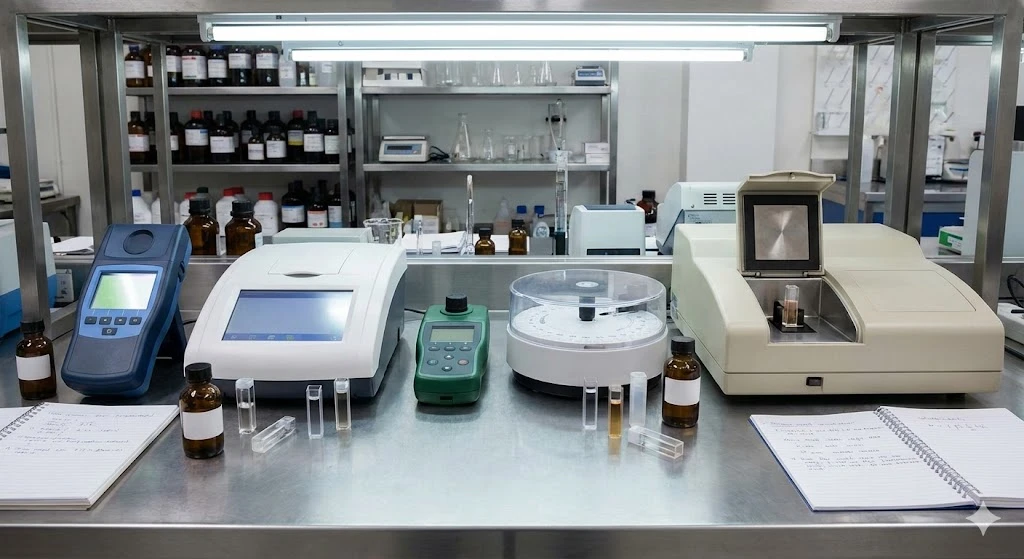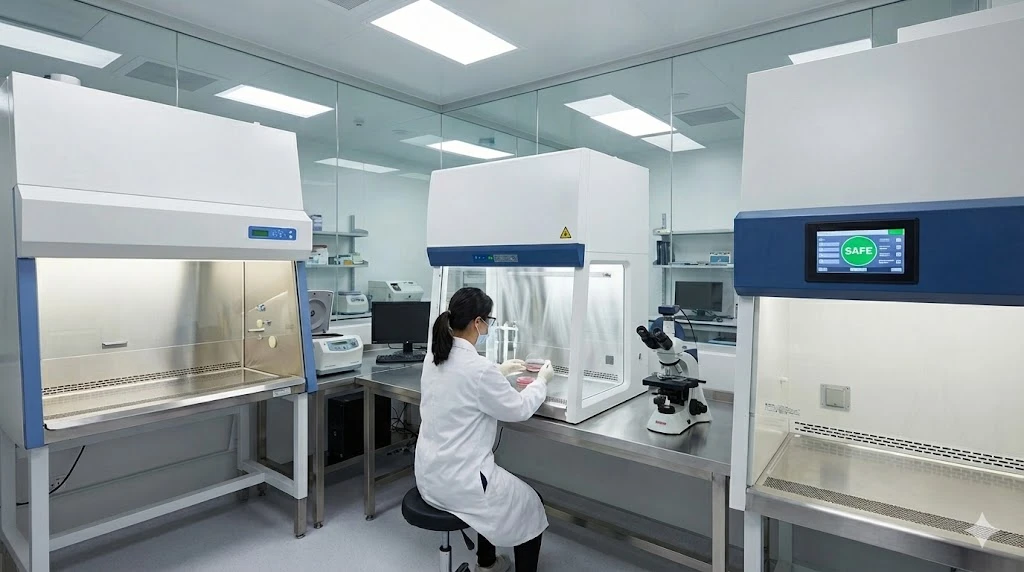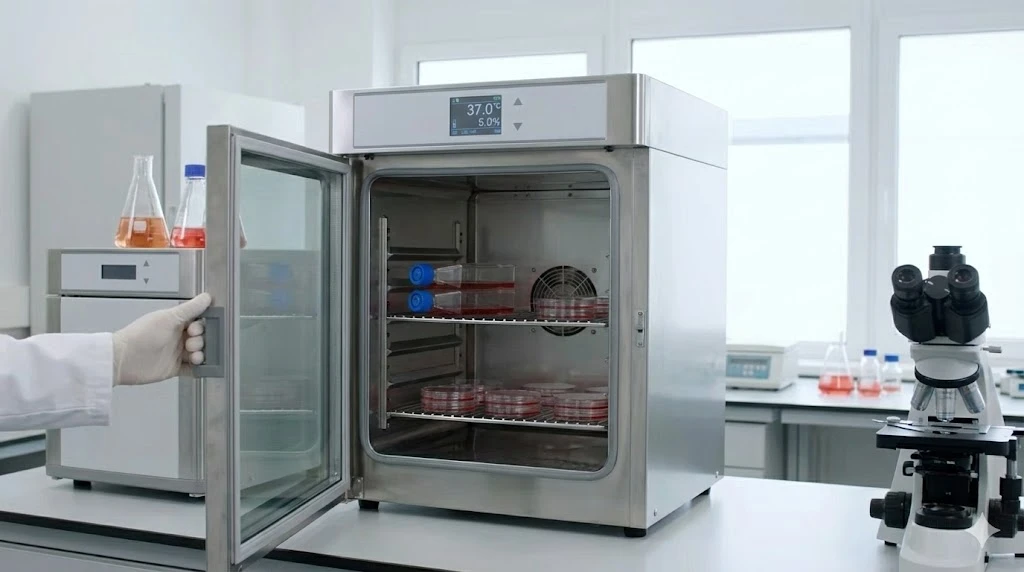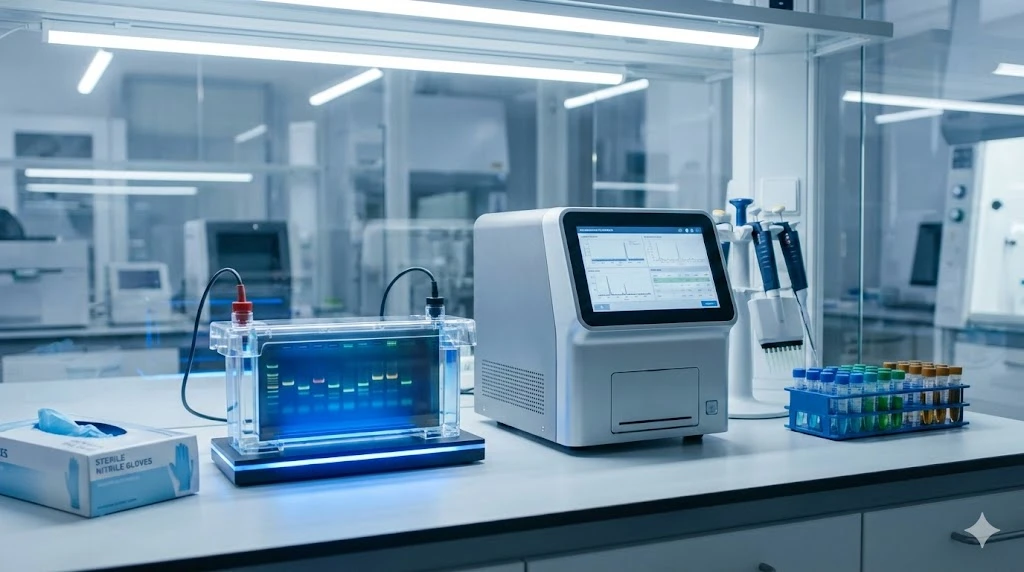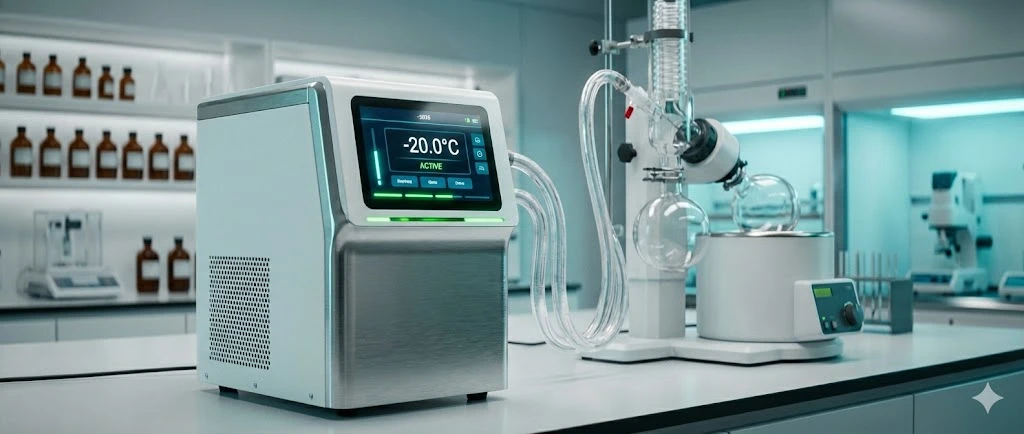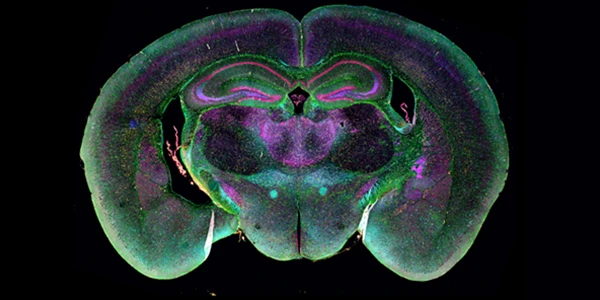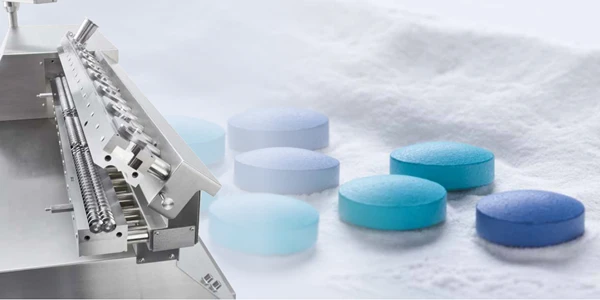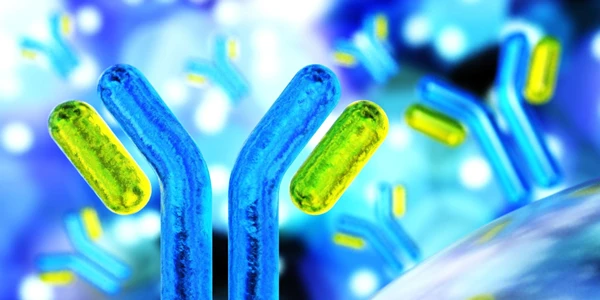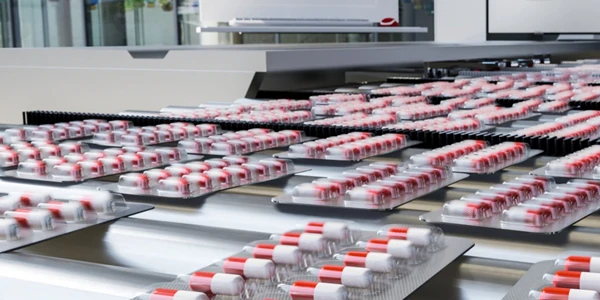Selecting Scintillation Vials and Cocktails for Optimal Counting Efficiency
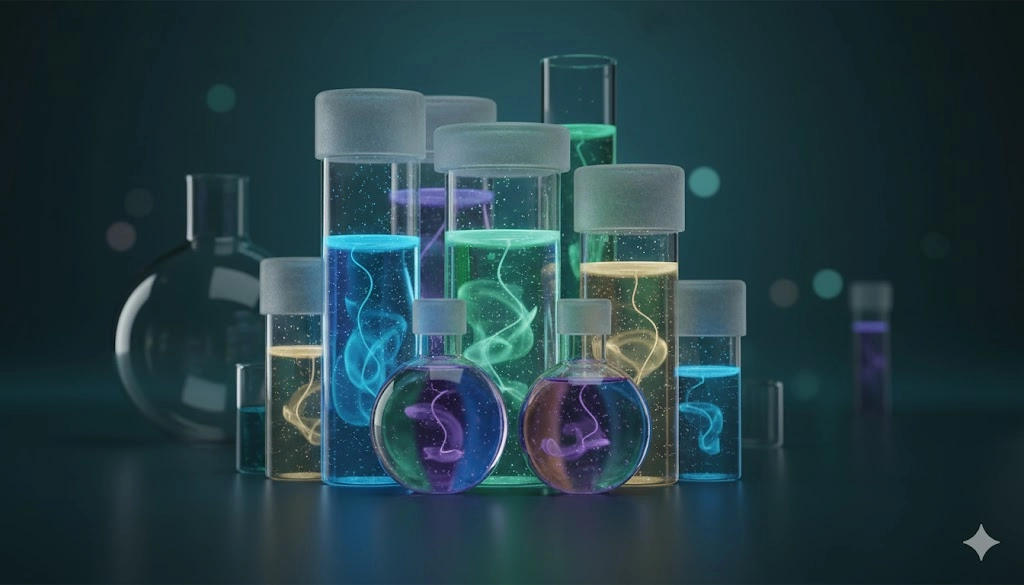
GEMINI (2025)
The accurate quantification of radioisotopes is foundational to countless laboratory disciplines, from molecular biology to environmental monitoring. Achieving reliable counting efficiency in liquid scintillation analysis fundamentally depends on the synergistic interaction between the radioactively tagged sample, the containment unit, specifically the scintillation vials, and the proprietary fluid medium, known as scintillation cocktails. A suboptimal choice in either component can significantly decrease detection sensitivity, leading to unreliable data and high inter-assay variability. Therefore, a deep understanding of the chemical and physical properties of both the vials and the cocktails is essential for any facility engaged in this specialized analytical technique. The following guide details the critical considerations necessary for establishing best practices in liquid scintillation counting (LSC) setup and selection.
OPTIMIZING SCINTILLATION VIALS SELECTION BASED ON MATERIAL AND GEOMETRY
The physical properties of the vials themselves directly impact counting efficiency and background interference. The selection is primarily driven by the balance between chemical resistance, intrinsic background level, and cost. Professionals must evaluate the sample matrix, solvent type, and required measurement precision before committing to a specific material or geometry.
Vial Material Analysis
The two most common materials are borosilicate glass and various polymer plastics.
Material Type | Key Chemical and Physical Properties | Recommended Use Cases |
|---|---|---|
Borosilicate Glass | Highly inert and resistant to nearly all organic solvents; low vapor permeability; minimal solvent-induced dimensional change. | Long-term storage protocols; use with aggressive aromatic or highly acidic solvents; high-energy emitters where chemical compatibility is paramount. |
Polymer Plastics (HDPE/LDPE/PET) | Low intrinsic background (due to minimal K-40); resistant to breakage; cost-effective for high-throughput assays. | Aqueous and moderate organic samples; short-term counting or immediate analysis; low-energy beta emitters like tritium (H-3) where low background is crucial. |
For applications involving low-energy beta emitters such as tritium or carbon-14, minimizing the self-absorption and wall effects is paramount. Thin-walled plastic vials are often the preferred option for low-energy detection events occurring near the vial surface. Furthermore, the closure system is essential; screw caps with polytetrafluoroethylene (PTFE) or specialized foil liners ensure an airtight seal, preventing the volatilization of highly volatile cocktail solvents and minimizing the ingression of atmospheric contaminants.
Geometric Considerations
The volume of the vials—typically 20 mL or 7 mL—affects both counting statistics and cost efficiency.
20 mL Vials: Standard size offering maximum sample/cocktail volume, generally providing the highest counting statistics due to the larger detection volume.
7 mL Vials (Mini-vials): Significant reduction in consumable waste and disposal costs. They are perfectly adequate when sample volumes are small, and the increased cost per unit of scintillation cocktails in the larger size is unwarranted.
Maximizing the sample/scintillation cocktails ratio within the geometric constraints of the vials is essential to increase the solid angle of detection, thereby improving the overall counting efficiency.
KEY CONSIDERATIONS IN SCINTILLATION COCKTAIL CHEMICAL COMPOSITION
The scintillation cocktails are the medium of detection, converting the kinetic energy of emitted radiation into detectable photons. Optimal performance relies on the careful selection of a cocktail whose components are chemically compatible with the sample and engineered for efficient energy transfer.
The Role of Solvents, Surfactants, and Fluors
Solvent System: The primary function is to absorb the radiation energy and transferring it to the fluor. Historically, petroleum-based aromatic hydrocarbons (toluene, xylene) were common. Modern alternatives utilize high-flashpoint, lower-toxicity solvents such as di-isopropylnaphthalene (DIN) or linear alkylbenzenes (LAB). These non-toxic, biodegradable cocktails improve laboratory safety and simplify waste disposal without sacrificing high quantum efficiency.
Surfactant System: Essential for incorporating aqueous or immiscible samples into the non-polar organic solvent base, creating a stable microemulsion. The type and concentration of the surfactant define the cocktail's capacity—its ability to hold water or challenging sample matrices (high salt, acid, or buffer content) before phase separation occurs. A high-capacity cocktail must be selected when dealing with large volumes of aqueous sample.
Fluorophores: The primary fluor (typically PPO) absorbs the energy transferred from the solvent and re-emits it as a photon. A secondary fluor (e.g., POPOP) shifts the primary emission wavelength to a higher value, which is necessary to better match the spectral sensitivity of the LSC instrument’s photomultiplier tubes (PMTs). The combination and concentration of these fluors in the cocktails directly influence the light output, or pulse height, which is critical for maximizing detection sensitivity.
ADVANCED STRATEGIES FOR MITIGATING QUENCHING EFFECTS
Quenching is the single most significant source of error in LSC, leading to a reduction in light output and an artificially lowered count rate. Laboratory professionals must select cocktails and employ protocols specifically designed to manage both chemical and color quenching.
Managing Chemical and Color Quenching
Quenching Type | Root Cause | Interference Mechanism | Mitigation Strategies |
|---|---|---|---|
Chemical Quenching | Chemical species (acids, bases, dissolved oxygen, or organic functional groups) in the sample. | Quenchers chemically compete with the solvent and fluorophores to consume the excitation energy, reducing the amount of light generated. | * Sample Pretreatment: Dilution, neutralization, or removal of the quenching agent prior to adding cocktails. * Cocktail Selection: Use high-capacity, chemically robust cocktails designed to chemically sequester quenchers within micelles. |
Color Quenching | Colored components (e.g., blood, tissue digests, or pigments) present in the sample matrix. | Colored components physically absorb the emitted light photons after they are generated by the fluorophores but before they reach the PMTs. | * Sample Processing: Decolorize the sample using bleaching agents (e.g., hydrogen peroxide) or filtration where feasible. * Instrument Correction: Rely on the LSC's external standardization (SIS or SQP(E)) to quantify the light loss and mathematically correct the observed counts. |
The efficiency of quenching correction is heavily dependent on the consistency of the setup. It is critical that all samples, blanks, and calibration standards are prepared using the identical type of scintillation vials and the same batch of scintillation cocktails. Any change in the containment material or fluid chemistry will necessitate a full recalibration of the quenching curve.
LSC SYSTEM OPTIMIZATION: MINIMIZING BACKGROUND AND ENHANCING SIGNAL
Beyond the chemical and physical selection of vials and cocktails, achieving optimal counting statistics requires proactive management of non-radioactive background signal and instrumental efficiency.
Controlling Non-Radioactive Interference
Non-radioactive background signals, which register as false counts, must be aggressively managed to ensure the highest possible signal-to-noise ratio.
Chemiluminescence: Light generated by slow chemical reactions when mixing a sample (especially strong bases or acids) with the organic scintillation cocktails. This is suppressed by implementing a dark adaptation period where the prepared vials are left in the instrument’s dark chamber for several hours before counting begins, allowing the light-producing reaction to subside.
Photoluminescence: Delayed re-emission of absorbed ambient light by the vial material or the cocktails. This is particularly common with plastic vials. Dark adaptation is the primary countermeasure.
Static Electricity: Static charge buildup on plastic vials, especially in dry environments, can induce light pulses. This requires proper grounding of the LSC system or using anti-static coatings on the vials.
Final Instrumental Integration
The LSC instrument must be correctly tuned to the selected system. The instrument's energy windows must be precisely configured to isolate the characteristic spectrum of the target radionuclide while excluding most background noise. A rigorous quality control procedure involves calculating the Figure of Merit (E²/B)—efficiency squared divided by the background count rate—for the chosen combination of vials and cocktails. The goal is always to achieve the maximum Figure of Merit for the application.
BEST PRACTICES FOR SUSTAINED COUNTING EFFICIENCY
Selecting the correct components for liquid scintillation counting is a methodical process requiring careful consideration of the physical compatibility between the sample and the containment vials, and the chemical compatibility between the sample and the scintillation cocktails. The shift toward high-capacity, non-toxic cocktails and low-background plastic vials has introduced new opportunities for efficiency improvement, but these must be validated within the laboratory’s specific analytical workflow. Successful LSC relies on maintaining homogeneity within the vials, minimizing quenching effects, and rigorously controlling non-radioactive background sources. By systematically evaluating and optimizing the entire counting system—from vial material to cocktail chemistry—laboratories ensure the reliability and integrity of their radioisotope quantification data.
Frequently Asked Questions on Scintillation Counting Best Practices
What is the primary factor determining the choice between glass and plastic scintillation vials?
The primary factor is the required chemical resistance and background level. Glass vials provide superior chemical inertness for aggressive organic solvents and long-term storage, while plastic vials typically offer a lower intrinsic background, which is crucial for low-energy beta emitters.
How do high-capacity scintillation cocktails effectively handle challenging aqueous samples?
High-capacity scintillation cocktails utilize advanced, robust surfactant systems. These systems efficiently form stable microemulsions, allowing significant volumes of aqueous, saline, or acidic/basic samples to be incorporated into the non-polar organic solvent base without phase separation, ensuring the homogeneity required for detection.
Why is it essential to perform a dark adaptation period for vials containing scintillation cocktails?
Dark adaptation is essential to allow for the decay of non-radioactive light signals, primarily chemiluminescence (chemical light emission) and photoluminescence (delayed light re-emission from absorbed ambient light). This dark rest period minimizes background counts and prevents the false inflation of the measured count rate.
What is the significance of the Figure of Merit (E²/B) when selecting new vials and cocktails?
The Figure of Merit (E²/B) is a key performance indicator used to evaluate the efficiency of a counting system. It quantifies the signal-to-noise ratio: a higher E²/B value, achieved through high efficiency (E) and low background (B), indicates a superior combination of scintillation vials and cocktails for the specific radioisotope being measured.
This article was created with the assistance of Generative AI and has undergone editorial review before publishing.
